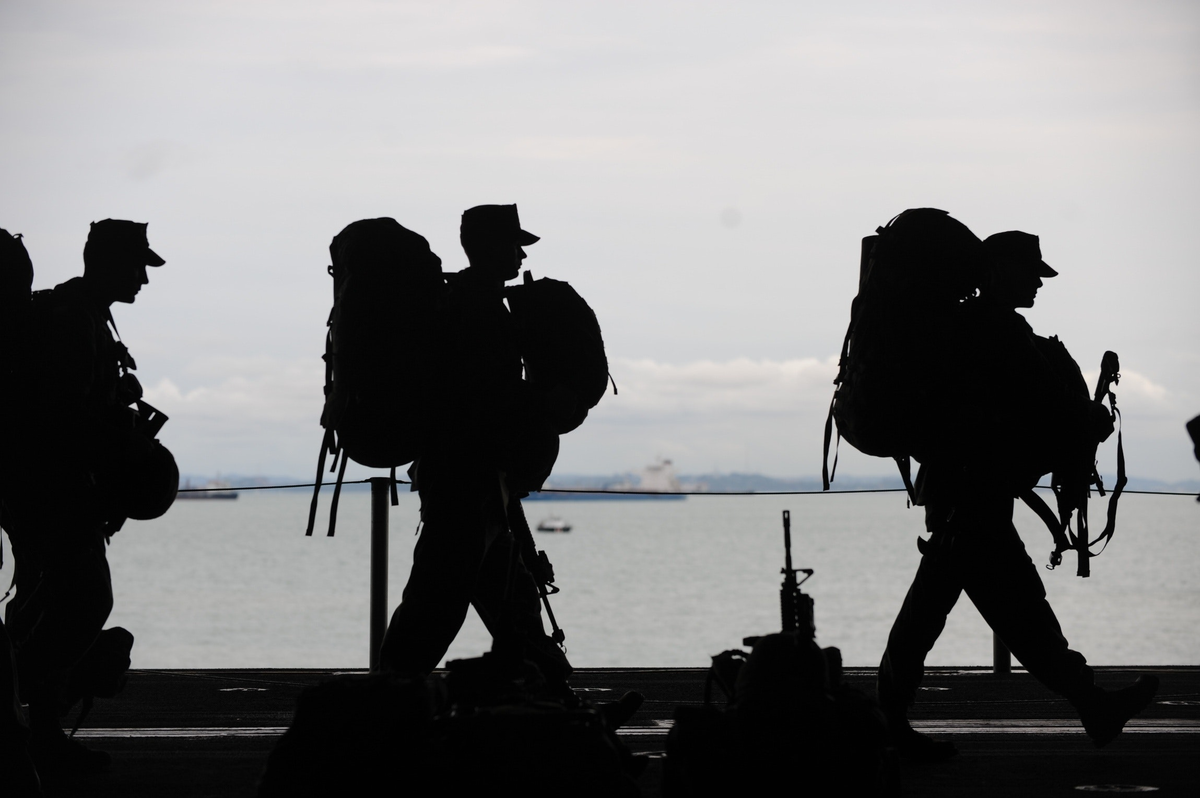A service member’s promotion in the military is a significant accomplishment. It’s a compliment to their dedication, competence, and leadership qualities. The significance of military promotions tends to increase as service members advance in rank.
More rank entails more responsibility, like in all other fields, and typically higher remuneration. But advancing in the military has distinct requirements and a different method than moving up the corporate ladder in the private sector. For a better understanding and outlook, here are some more details regarding what kinds of military promotions are there and how they work:
What are Military Promotions?
Promotions are paid grades, which determine how much a service member is paid according to their rank and years of service. For enlisted personnel, these grades range from E-1 to E-9, while for commissioned officers, they range from O-1 to O-10. Each grade in the military has a rank that corresponds to it. For instance, the E-5 pay scale governs the salaries of Marine Corps Sergeants, Army Sergeants, Coast Guard or Navy Petty Officers Second Class, and Staff Sergeants in the Air Force.
Kinds of Military Promotions
The following are some major Military promotions:
Non-Commissioned Officers
Such soldiers are highly experienced and tenured enlisted guys. Non-commissioned officers frequently supervise and give commands to lower-level employees.
Enlisted Soldiers
Most of our armed forces are composed of enlisted personnel, regarded as the military’s core group. This military personnel carries out tasks and conducts missions following directives.
Commissioned Officers
In contrast, commissioned officers serve as the military’s managers. They are the ones who organize the missions, provide the directives, and delegate the jobs. Just 17% of the American military is made up of them.
How Do Military Promotions Work?
After service members attain non-commissioned officer status, which is typically equivalent to the E-4 pay grade, the promotion rate slows. Promotions become very difficult after that. This is because Congress sets the maximum number of service members permitted at E-4 or higher. Therefore any vacancies are filled by service members who are promoted to these grades and ranks.
Marine Promotions
Promotions for Marines above the rank of Lance Corporal are made only when necessary and appropriate. A scoring system based on variables including rifle marksmanship, fitness, and behavior rating is used to assess suitability.
Army Promotions
Every time an Army soldier exhibits fundamental attributes such as competency, military attitude, and leadership that is expected of the following rank, they are awarded “duty performance points.” After accruing a predetermined number of duty performance points, soldiers are eligible for advancement to the subsequent rank and Army pinning.
Navy Promotions
Advancement in the Navy up to the rank of Petty Officer Third Class and higher is based on merit and necessity. A sailor is assessed on several criteria, including their performance on the promotional exam, length of service and pay rate, and availability of the skill set needed for the new job.
Coast Guard Promotions
Basic eligibility rules, a Coast Guard-wide examination, duration in rate and service, the approval of Commanding Officers, and successful completion of planned training programs all play a role in Coast Guard progression beyond the rank of Seaman.
Air Force Promotions
Advancement to a non-commissioned officer requires an airman to exhibit a particular set of personal traits and to have the necessary skill set. They are then placed in order based on a point system that considers their fitness score, specialist knowledge, awards, length of service, and performance assessments.
Conclusion
Considering the benefits that military personnel receive, there is no doubt that everyone in the services wants some promotion. The overview above will help you understand the requirements and criteria for each military promotion. If you still require more in-depth information, contact our Armed Forces Benefits Network experts for more details.


Leave A Comment